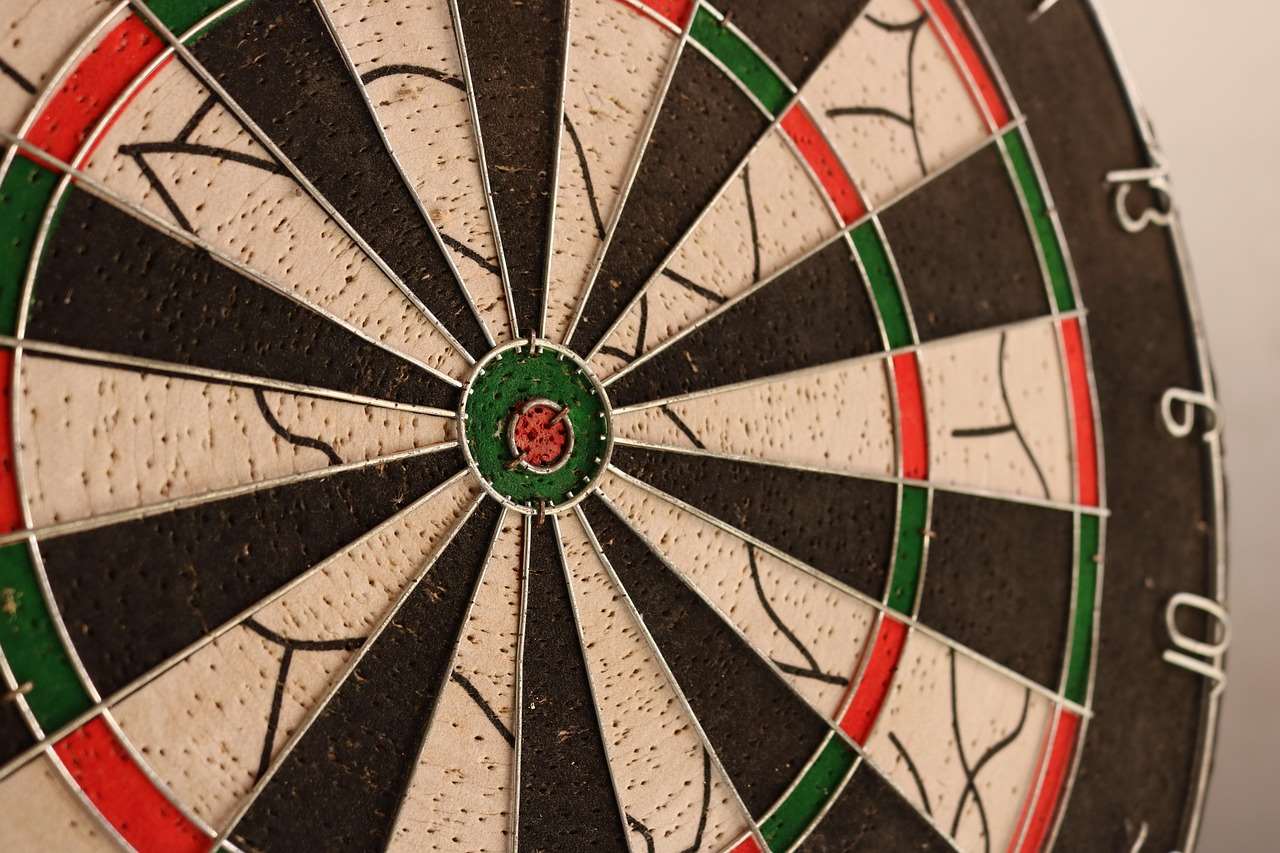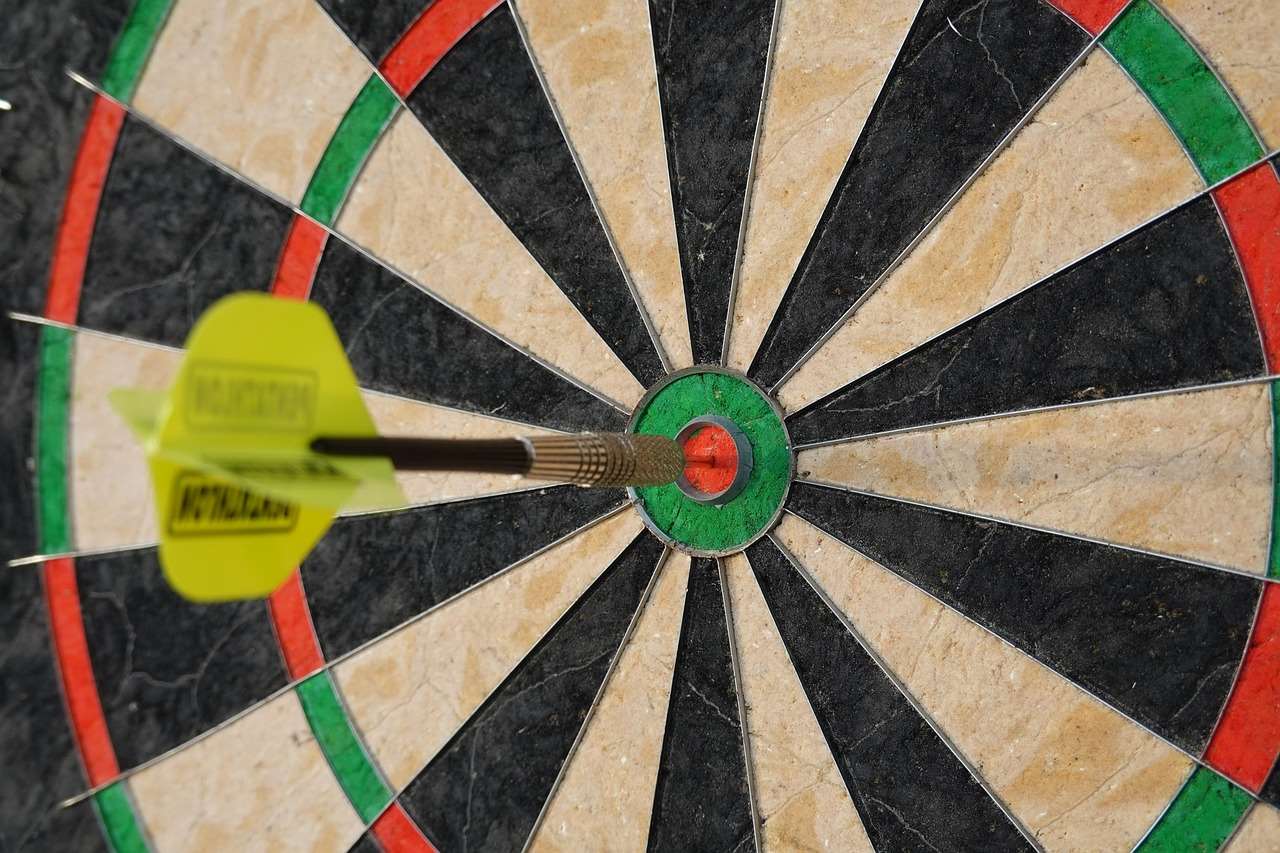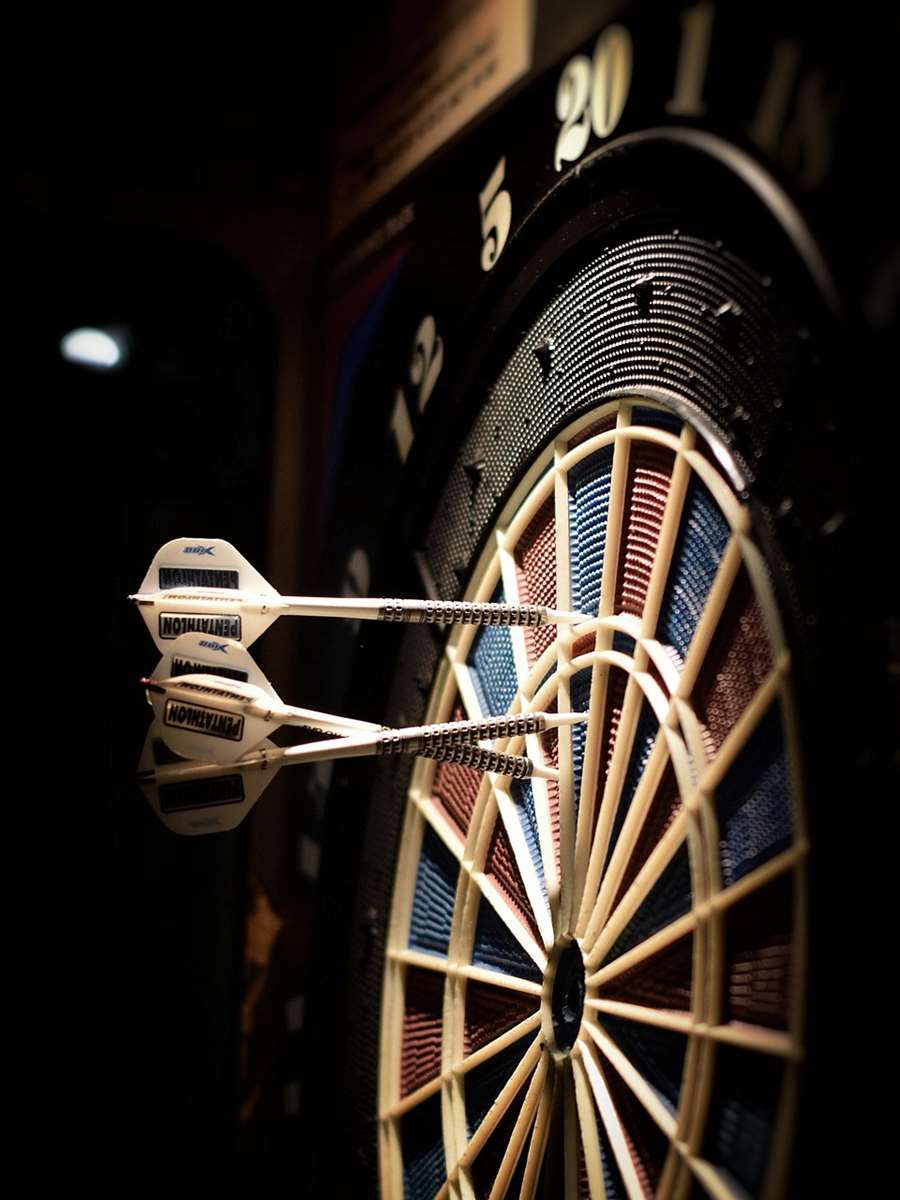The key to how to introduce new players with adapted dart rules lies in simplifying the game and making it more accessible, boosting their confidence and enjoyment. This article will guide you through various rule adaptations, beginner-friendly games, and essential tips to create a positive and engaging dart-playing experience for newcomers.
⚠️ Still Using Pen & Paper (Of een schoolbord)?! ⚠️
Stap in de toekomst! De Dart Teller -app behandelt alle scoren, stelt kassa voor, en volgt uw statistieken automatisch. It's easier than you think!
Probeer de Smart Dart Teller -app gratis!Klaar voor een upgrade? Klik hierboven!
Why Adapt Dart Rules for New Players?
Darts can seem daunting to beginners. The standard rules, complex scoring, and the pressure of aiming for small targets can quickly lead to frustration. Adapting the rules makes the game more approachable and fun, ensuring that new players have a positive first experience. This fosters a love for the sport and encourages them to continue playing.
Consider this: a beginner struggling to hit a triple 20 might quickly become discouraged. By implementing easier scoring systems or larger target zones initially, you allow them to experience success and build confidence. Herinneren, the goal is to introduce them to the joy of darts, not to immediately turn them into professional players. We can look at Alternative darts rules for home play.

Simple Rule Adaptations to Ease Beginners In
Here are some practical ways to adapt dart rules for new players:
- Simplified Scoring: Instead of focusing on complex games like 501, start with a game where the goal is simply to reach a certain point total.
- Larger Target Zones: Consider using a dartboard with larger target zones for beginners. Some boards have magnetic or velcro-based targets, which are especially suitable for children.
- Shorter Distances: Allow beginners to throw from a shorter distance than the standard oche line. This makes it easier to hit the board and boosts their confidence.
- Team Play: Pair new players with more experienced ones. This allows them to learn from their partners and provides a supportive environment.
- Handicapsystemen: Implement a handicap system that levels the playing field between experienced and inexperienced players.
Simplified Scoring Systems
Traditional dart games like 501 can be overwhelming for beginners due to the need to subtract scores accurately and finish on a double. Consider these simpler scoring alternatives:
- De klok rond (or Killer): Players aim to hit each number on the board in sequence, van 1 naar 20. This focuses on accuracy and target acquisition.
- Score Target: Set a target score (Bijv., 100 points) and have players try to reach it in as few darts as possible. This emphasizes point accumulation without complex subtraction.
Beginner-Friendly Dart Games
Beyond adapting the standard rules, introducing specific beginner-friendly dart games is a great way to keep things fun and engaging. These games often have simpler scoring and rules, making them easier for new players to grasp and enjoy. Remember that Fun dart game variations with modified rules can make darts more accessible.
“Knockout”
“Knockout” is a popular game where players take turns throwing at a target number. If a player hits the target, the next player must also hit it, or they are “knocked out.” The last player remaining wins. This game introduces an element of competition without being overly complex.

“Baseball”
In “Baseball,” each round represents an “inning.” Players aim for specific numbers (1 through 9 or a shorter sequence) in each inning. Scoring is based on the number of darts it takes to hit the target number (Bijv., hitting it on the first dart scores 1 point). This game is easy to understand and keeps players engaged.
Essential Tips for Teaching New Dart Players
Teaching new dart players effectively requires patience, encouragement, and a focus on fundamental skills. Here are some essential tips to help them get started:
- Start with the Basics: Focus on stance, grip, and throwing technique before introducing complex rules or games.
- Provide Constructive Feedback: Offer specific and encouraging feedback, focusing on areas for improvement rather than simply pointing out mistakes.
- Keep it Fun: Emphasize enjoyment and avoid putting too much pressure on performance.
- Celebrate Small Victories: Acknowledge and celebrate even small improvements to boost confidence.
- Be Patient: Learning darts takes time and practice. Be patient and supportive, and avoid getting frustrated with slow progress.
Introducing the Basic Darts Fundamentals for Beginners ensures a solid foundation and accelerates their learning process.

Creating a Positive Learning Environment
The environment in which new players learn can significantly impact their experience. Create a positive and supportive atmosphere by:
- Encouraging Questions: Encourage new players to ask questions and provide clear and concise answers.
- Offering Demonstrations: Demonstrate proper techniques and strategies to help them visualize what they should be doing.
- Providing Resources: Offer access to helpful resources such as online tutorials, articles, or even local dart leagues.
- Being a Good Role Model: Demonstrate good sportsmanship and a positive attitude towards the game.
Adaptations can even extend to Adapting darts rules for small spaces: tips and tricks
Addressing Common Challenges for Beginners
New dart players often face specific challenges that can hinder their progress. Being aware of these challenges and providing appropriate solutions can help them overcome these obstacles:
- Targeting Issues: Many beginners struggle with aiming accurately. Provide guidance on stance, eye focus, and follow-through to improve their targeting skills.
- Inconsistent Throwing: Inconsistent throws can lead to frustrating results. Help them develop a consistent throwing motion through practice and repetition.
- Fear of Missing: The fear of missing can cause tension and affect their throw. Encourage them to relax and focus on their technique rather than the outcome.

Advanced Adaptations: Handicap Systems Explained
For mixed-skill groups, A handicap system is cruciaal. This levels the playing field, keeping the game competitive and enjoyable for everyone, regardless of their skill level. There are several ways to implement a handicap:
- Starting Points: Give less experienced players a head start in games like 501.
- Target Adjustments: Allow less skilled players to aim for larger sections of the board (Bijv., the outer single ring) while requiring more skilled players to aim for doubles or trebles.
- Extra Darts: Give less skilled players an extra dart per round.
Thinking about Modifying rules for mixed-level dart players helps beginners feel more comfortable and eager to participate.
Monitoring Progress and Adjusting Adaptations
It’s important to monitor the progress of new players and adjust the rule adaptations as needed. As they improve, gradually introduce more complex rules and games. This keeps them challenged and engaged while ensuring that the game remains enjoyable. The ultimate goal is to transition them to the standard rules of darts when they are ready.

Encouraging Continued Engagement
To foster a long-term interest in darts, encourage new players to join local dart leagues or clubs. These provide opportunities to practice, compete, and socialize with other dart enthusiasts. Creating a community around the sport can help them stay motivated and continue to improve their skills.
Conclusie
How to introduce new players with adapted dart rules is about making the game accessible, enjoyable, and rewarding. By simplifying rules, using beginner-friendly games, providing supportive guidance, and implementing handicap rules, you can create a positive first experience that fosters a lifelong love for the sport. Embrace these strategies, and you’ll not only expand the darting community but also help individuals discover a fun and engaging pastime. Dus, grab some darts, adapt the rules, and get ready to introduce a whole new generation to the exciting world of darts! Start by sharing this article with someone who is curious about darts!
Hoi, Ik ben Dieter, En ik heb Dartcounter gemaakt (Dartcounterapp.com). Mijn motivatie was geen darts -expert - helemaal tegenovergestelde! Toen ik voor het eerst begon te spelen, Ik hield van het spel, maar vond het moeilijk en afleidend om nauwkeurige scores te houden en statistieken te volgen.
Ik dacht dat ik niet de enige kon zijn die hiermee worstelde. Dus, Ik besloot om een oplossing te bouwen: een eenvoudig te gebruiken applicatie die iedereen, Ongeacht hun ervaringsniveau, zou kunnen gebruiken om moeiteloos te scoren.
Mijn doel voor Dartcounter was eenvoudig: Laat de app de nummers afhandelen - het scoren, de gemiddelden, de statistieken, Zelfs checkout suggesties - zodat spelers puur kunnen richten op hun worp en genieten van het spel. Het begon als een manier om het probleem van mijn eigen beginners op te lossen, En ik ben heel blij dat het is uitgegroeid tot een nuttig hulpmiddel voor de bredere darts -community.